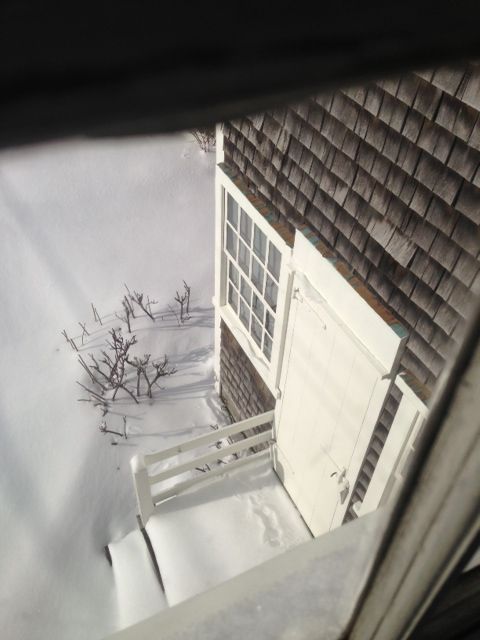Maria Mitchell In Her Own Words
{1854} Oct. 27. Last night I heard Josiah Quincy Jr. {president of Harvard College} lecture on the Mormons. It was the first lecture of the Atheneum course. I went to the first last winter and listened with contempt to Matthew Hale Smith {Unitarian minister}. I expected of a Quincy something very much above a Smith, but the distance between the two men, is not, after all, so very great.
Both lectures were anecdotal, if Quincy’s was more witty it was also more inelegant. It would have made a pleasant drawing room lecture but had not the dignity desirable in a Lyceum discourse, where it is presumable something will be taught. But the fault is not with Matthew Hale Smith nor with Jos. Quincy Jr. While the community is the same and the taste for lectures the same, and the lecture going people are no more enlightened, great men will come down to the level and small ones will struggle up to it . . .
This is most certainly Maria at her pointed and “no mincing of words” best. I think her words speak for themselves. She was disappointed, feeling she was to learn something but the speakers felt that they needed to reach their audience – these off-islanders, or “coofs,” did not know the audience they were dealing with on Nantucket obviously! Life-long and eager learners, who continued to educate themselves, the speakers did not realize just how savvy and well-educated these Nantucketers were. I would love to know if others in the audience felt the same as Maria.
JNLF
Recent Posts




